The practice of anesthesia is a recognized specialty within the profession of nursing, and nurse anesthetists are one essential body to the healthcare workforce. The Certified Registered Nurse Anesthetist (CRNA) administers anesthesia for all types of surgical cases, from the simplest to the most complex. CRNAs provide anesthesia in collaboration with surgeons, anesthesiologists and other qualified health care professionals and practice in every setting in which anesthesia is delivered, including traditional hospital surgical suites and obstetrical delivery rooms, ambulatory surgical centers, dentists’ offices, pain management clinics, and more. They have long held an important role on the battlefield as well.
The importance of certified registered nurse anesthetists (CRNAs) cannot be overemphasized as they play a crucial role in the success of a variety of medical procedures. They ensure the safe administration of anesthesia. Some of their responsibilities include providing pain management, assisting with stabilization services, and overseeing patient recovery. These services may be used through all phases of surgery and for diagnostic, obstetrical and therapeutic procedures. Some of the responsibilities of a certified registered nurse include the administration of anesthesia during surgical, therapeutic, diagnostic and obstetric procedures; performing of epidural, spinal, or nerve blocks; providing care before, during and after anesthesia; examining patients’ medical histories for allergies or illnesses to ensure safe provision of pain management; discussing any contraindications or side effects of anesthesia with patients; monitoring vital signs during medical procedures, just to mention a few.
The importance of hiring a certified registered nurse is not solely embedded in the quality of service they provide but also on their individual skills and personal traits which make them successful in their field. These traits or skills include communication skills, i.e., the ability to speak informatively (and with appropriate sensitivity) to patients and their families. CRNAs are able to collaborate well with a range of healthcare professionals with ability to think critically. Since patient health can be fragile; however, CRNAs are able to monitor changes in vital signs and suggest (or provide) appropriate responses; compassion, as with all medical and nursing specialties.
It is important to be kind and understanding in dealing with physically or emotionally distressed patients; attention to detail since the work of nurse anesthetists can significantly impact the health of patients, they are attuned to even the most subtle changes in patient condition; leadership skills, CRNAs often work in positions of authority, especially in rural areas where they may be the sole providers of anesthetics. In these situations, they are able to manage or lead other medical staff effectively. A CRNA assess patients on a daily basis prior to surgery, administers anesthesia, and monitors vitals during surgery. This is in addition to overseeing the patient’s recovery to ensure that the patient is pain-free and safe.
They also provide services which include providing consultation and implementation of respiratory and ventilatory care, identifying and managing emergency situations; including initiating or participating in cardiopulmonary resuscitation that involves airway maintenance, ventilation, tracheal intubation, pharmacologic, cardiopulmonary support and management of blood, fluid, electrolyte and acid-base balance.
Healthcare sector may suffer setback if CRNAs fail to the lead in provision of medical services as regards the discharge of their duties. It is however pertinent for all medical practitioners, hospitals and surgical centers to know how CNRAs has been providing and delivering quality healthcare services and engage them to make consultation, administration and servicing of patients easier in today’s modern healthcare services.




